12.4 The Beauty of Animals in Art and Poetry
As you read the poems and view the art images, what other poems and art images of animals come to your mind?
You can also refer to the images and poems/related texts from Chapter 13-“The Majesty of Animals” (this volume).
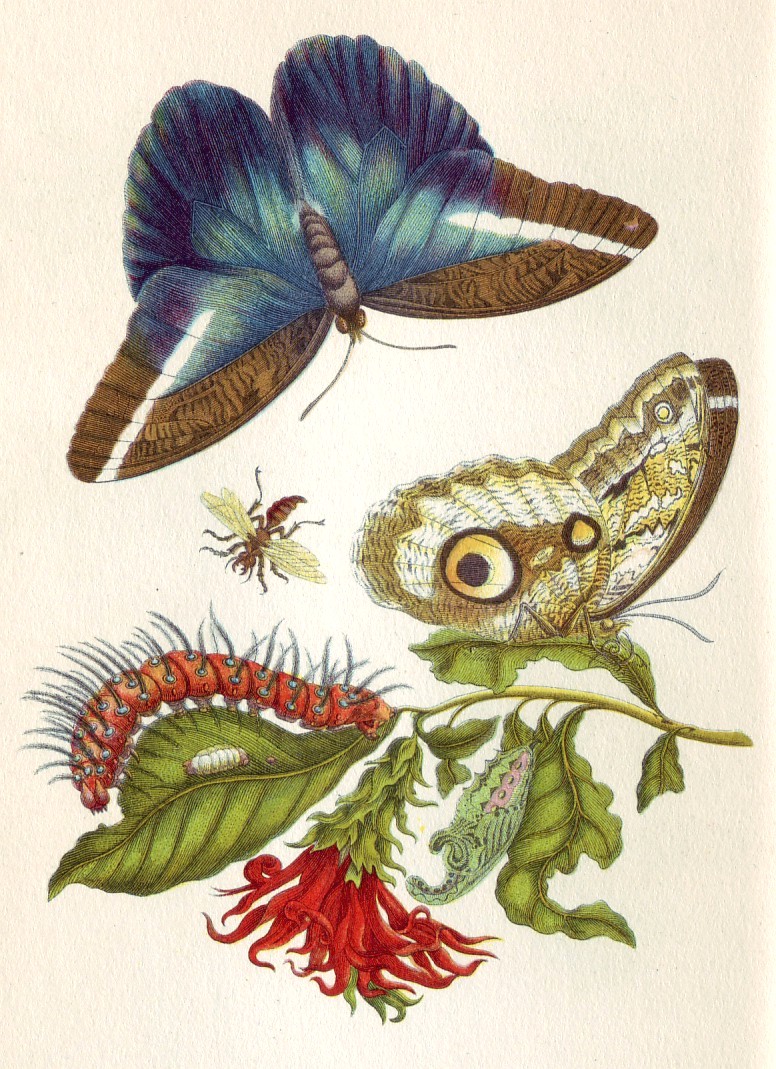
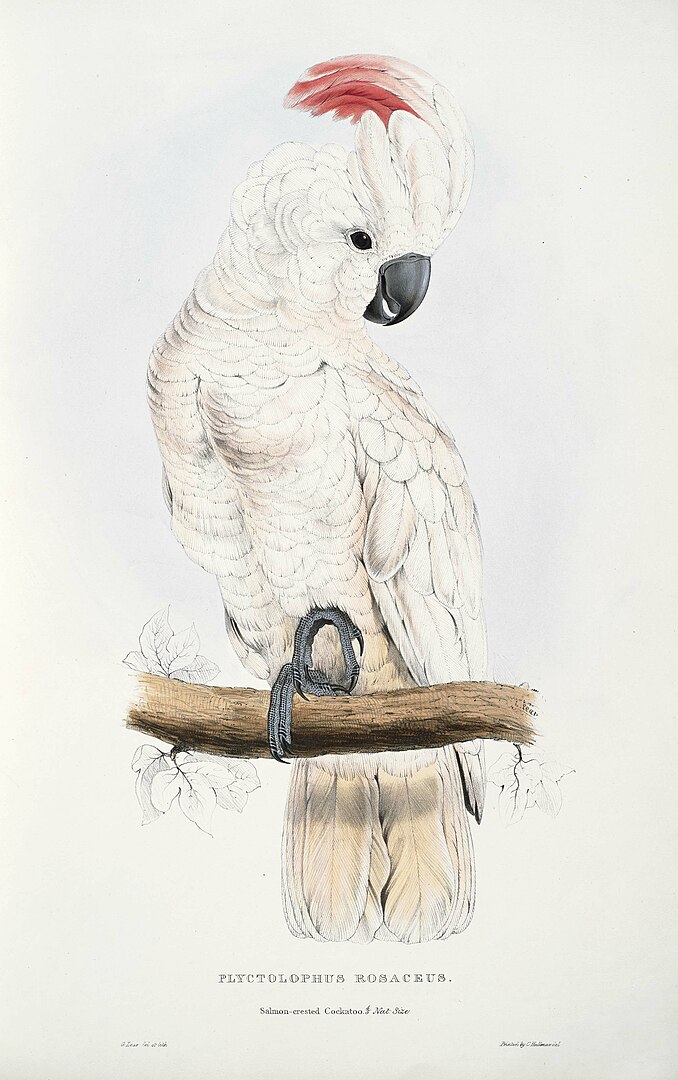
For more information about Edward Lear’s paintings and etching of parrots, please open the link here.
“Hurt No Living Thing” by Christina Georgina Rossetti (1830-1894)
Hurt no living thing:
Ladybird, nor butterfly,
Nor moth with dusty wing,
Nor cricket chirping cheerily,
Nor grasshopper so light of leap,
Nor dancing gnat, nor beetle fat,
Nor harmless worms that creep.
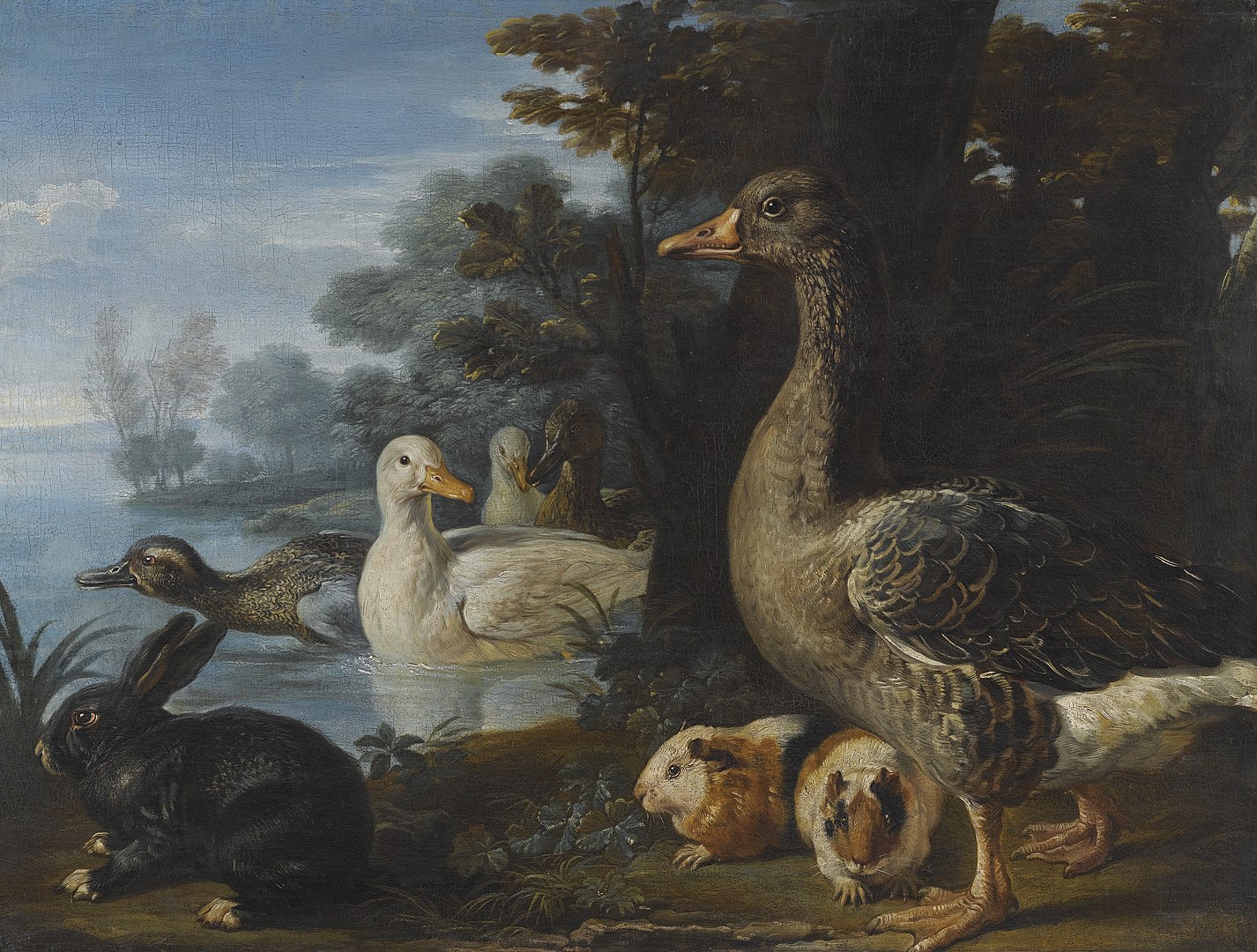
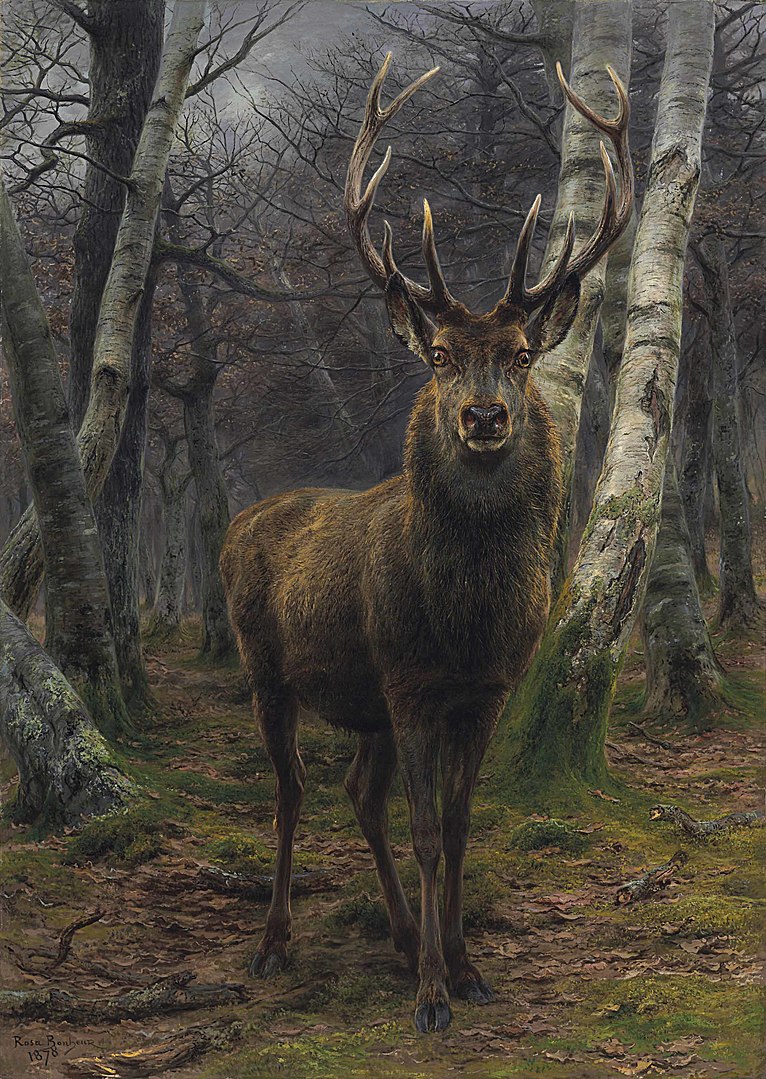
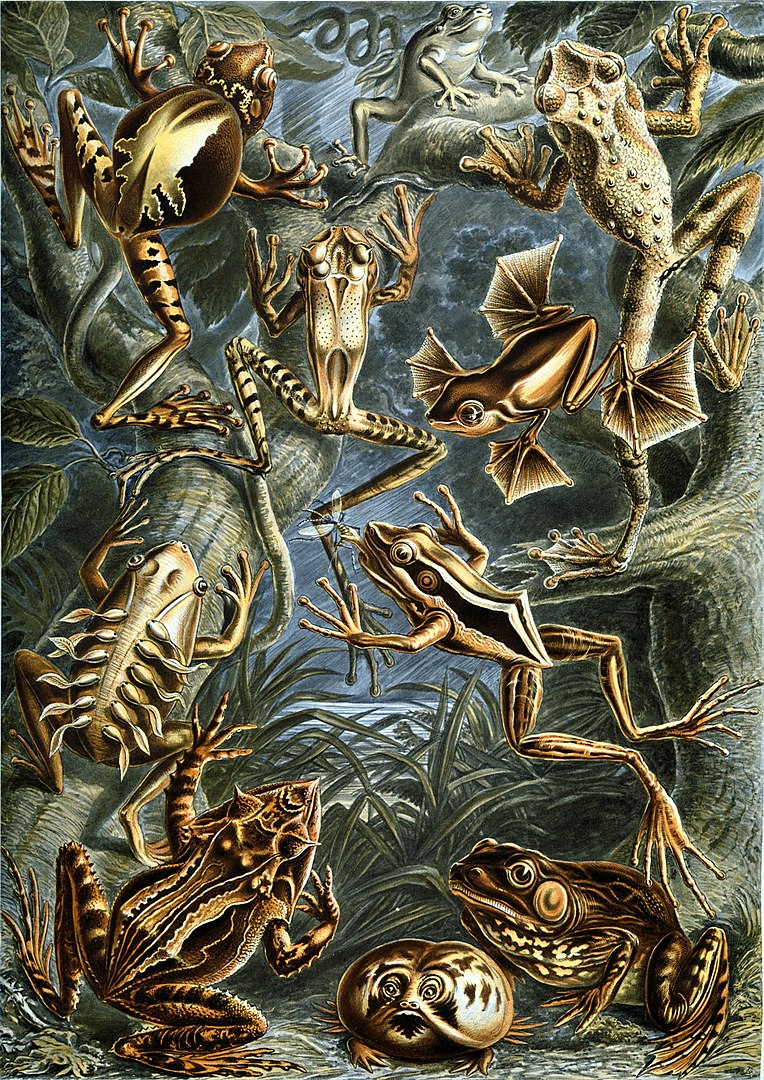
For more information about the way Haeckel’s art influenced art, design, and science please open the link here.
Design by Robert Frost
I found a dimpled spider, fat and white,
On a white heal-all, holding up a moth
Like a white piece of rigid satin cloth —
Assorted characters of death and blight
Mixed ready to begin the morning right,
Like the ingredients of a witches’ broth —
A snow-drop spider, a flower like a froth,
And dead wings carried like a paper kite.
What had that flower to do with being white,
The wayside blue and innocent heal-all?
What brought the kindred spider to that height,
Then steered the white moth thither in the night?
What but design of darkness to appall?—
If design govern in a thing so small.

For more information about Maria Sibylla Merian and her art please open the link here.
As you read these poems and view the images, reflect and dialogue on ways that we can encourage empathy for all living animals, plants, insects, and all planetary life forms.
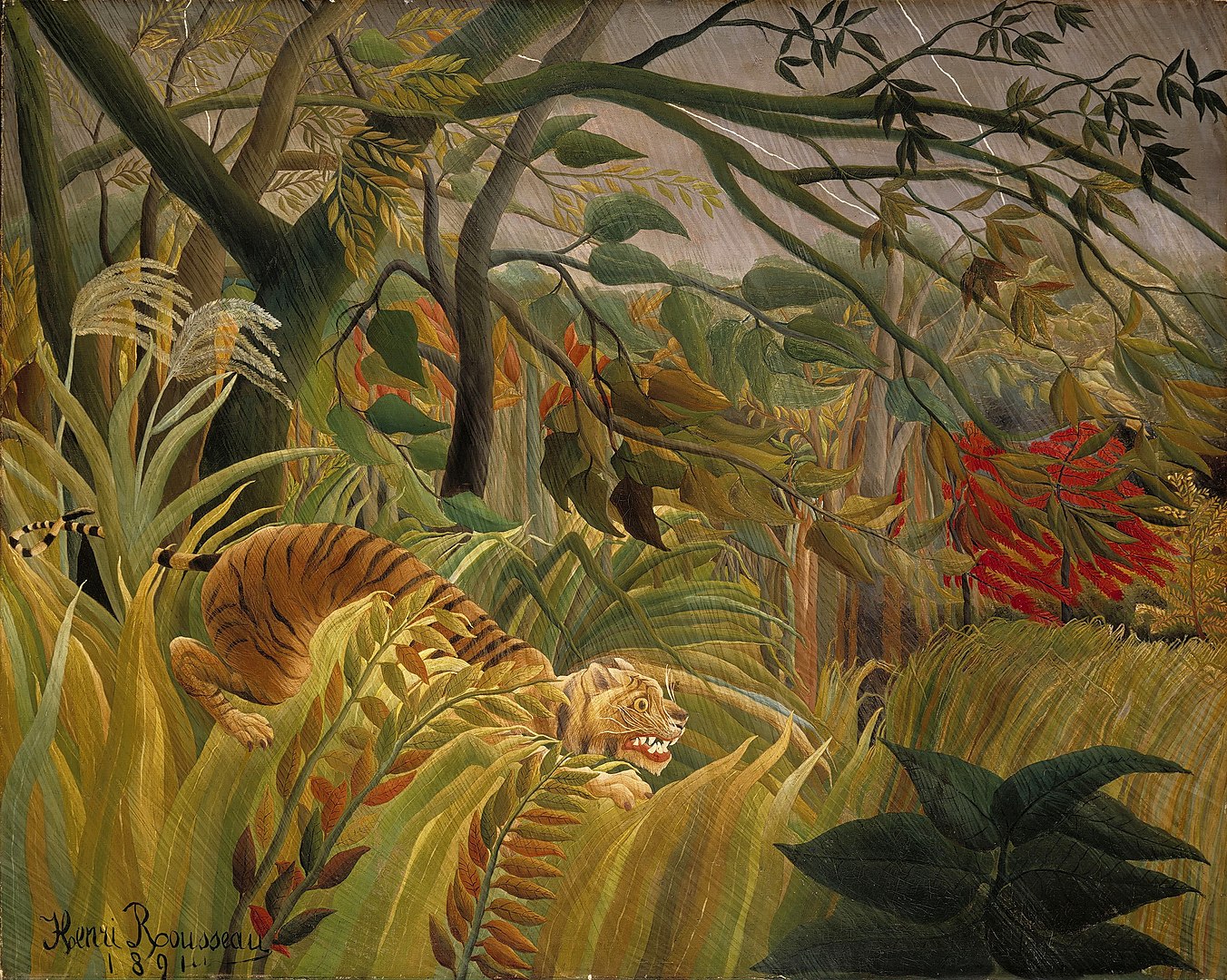
“The Tyger” by William Blake (1757-1827)
Tyger Tyger, burning bright,
In the forests of the night;
What immortal hand or eye,
Could frame thy fearful symmetry?
In what distant deeps or skies.
Burnt the fire of thine eyes?
On what wings dare he aspire?
What the hand, dare seize the fire?
And what shoulder, & what art,
Could twist the sinews of thy heart?
And when thy heart began to beat,
What dread hand? & what dread feet?
What the hammer? what the chain,
In what furnace was thy brain?
What the anvil? what dread grasp,
Dare its deadly terrors clasp!
When the stars threw down their spears
And water’d heaven with their tears:
Did he smile his work to see?
Did he who made the Lamb make thee?
Tyger Tyger burning bright,
In the forests of the night:
What immortal hand or eye,
Dare frame thy fearful symmetry?
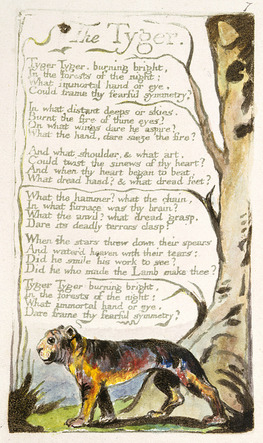
1795, British Museum, London, UK. “https://commons.wikimedia.org/w/index.php?curid=31178530” by British Museum is licensed under CC0 1.0.
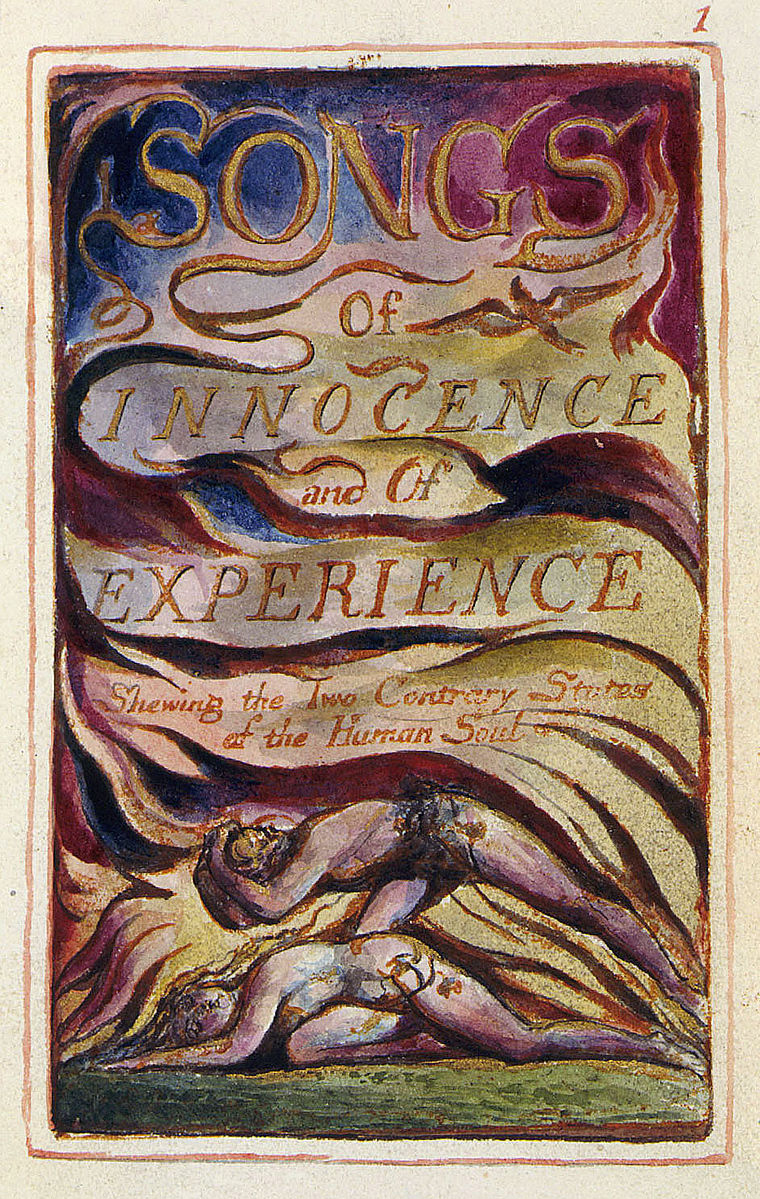
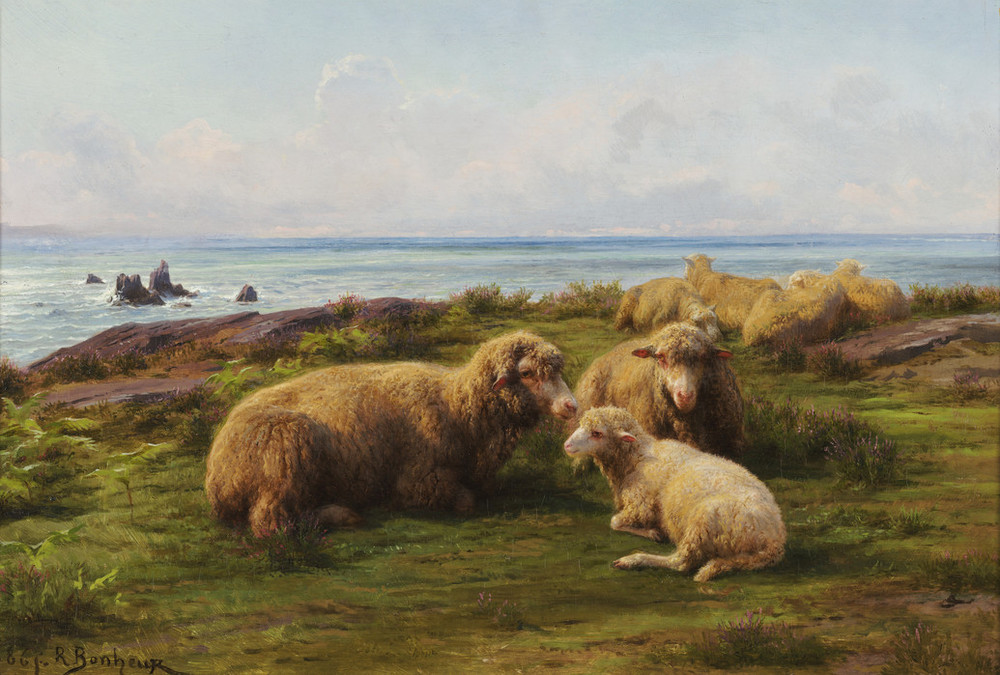
“The Lamb” by William Blake
Little Lamb, who made thee?
Dost thou know who made thee?
Gave thee life & bid thee feed,
By the stream & o’er the mead;
Gave thee clothing of delight
Softest clothing, wooly, bright!
Gave thee such a tender voice,
Making all the vales rejoice?
Little Lamb, who made thee?
Dost thou know who made thee?
Little Lamb, I’ll tell thee,
Little Lamb, I’ll tell thee:
He is called by thy name,
For he calls himself a Lamb.
He is meek and he is mild;
He became a little child.
I a child & thou a lamb.
We are called by his name.
Little Lamb, God bless thee!
Little Lamb, God bless thee!
Ten Animal Paintings by Famous Artists
https://feltmagnet.com/painting/10-Animal-Paintings-by-Famous-Artists
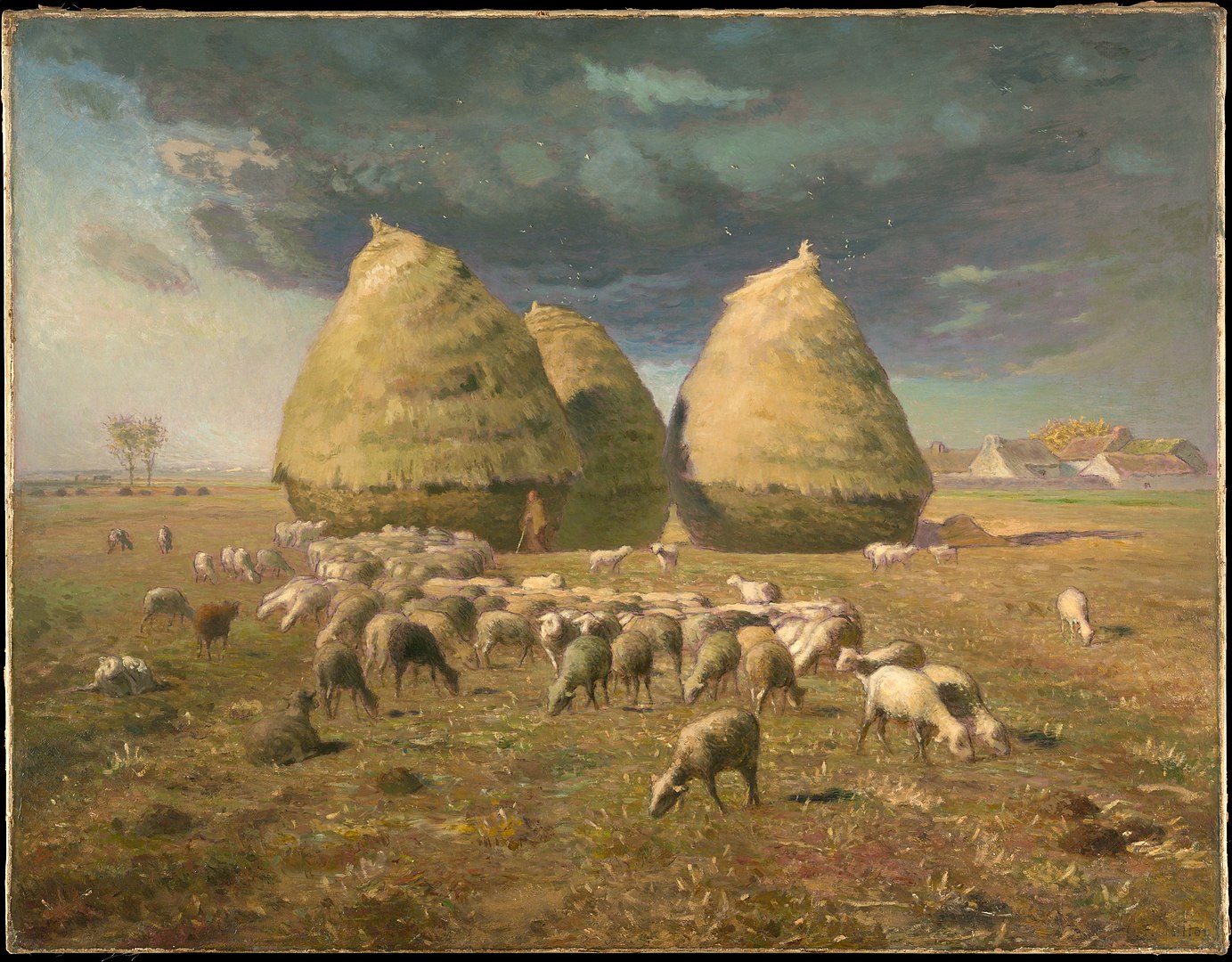
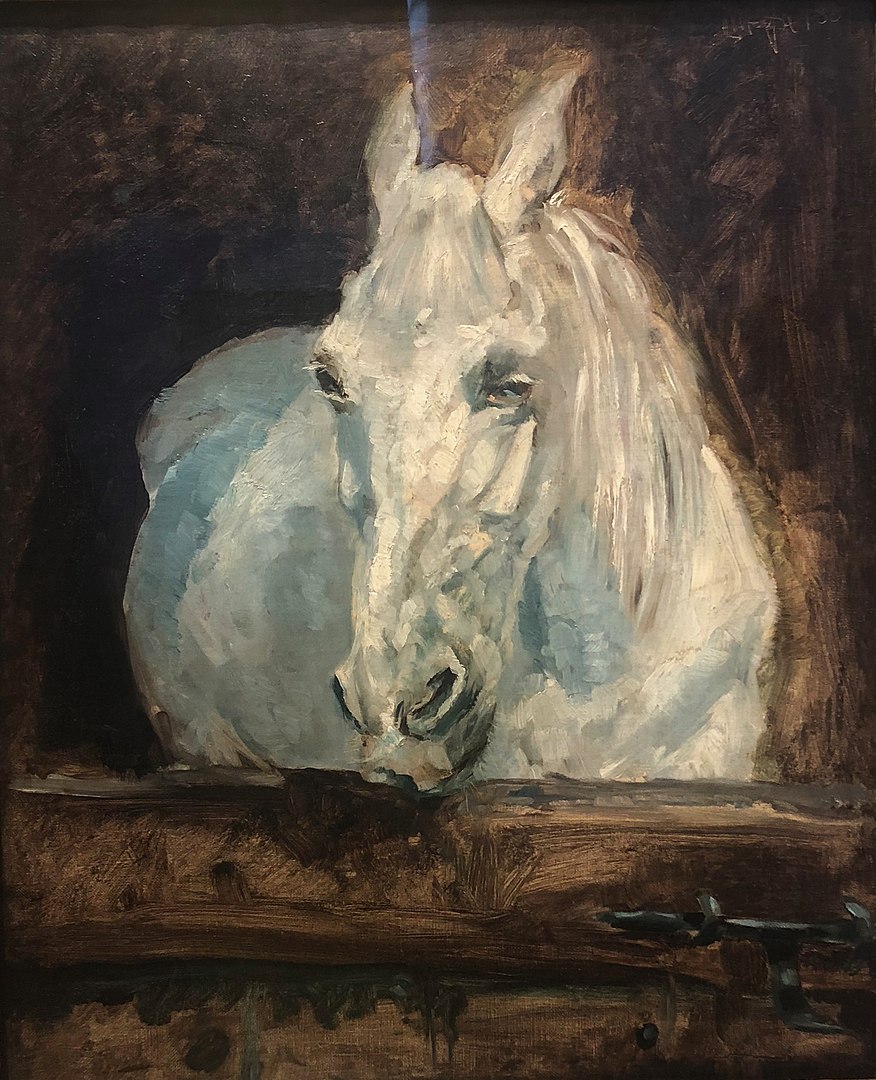
Vienna, Austria. “https://commons.wikimedia.org/w/index.php?curid=113470400” by Albertina Museum is licensed under CC0 1.0.
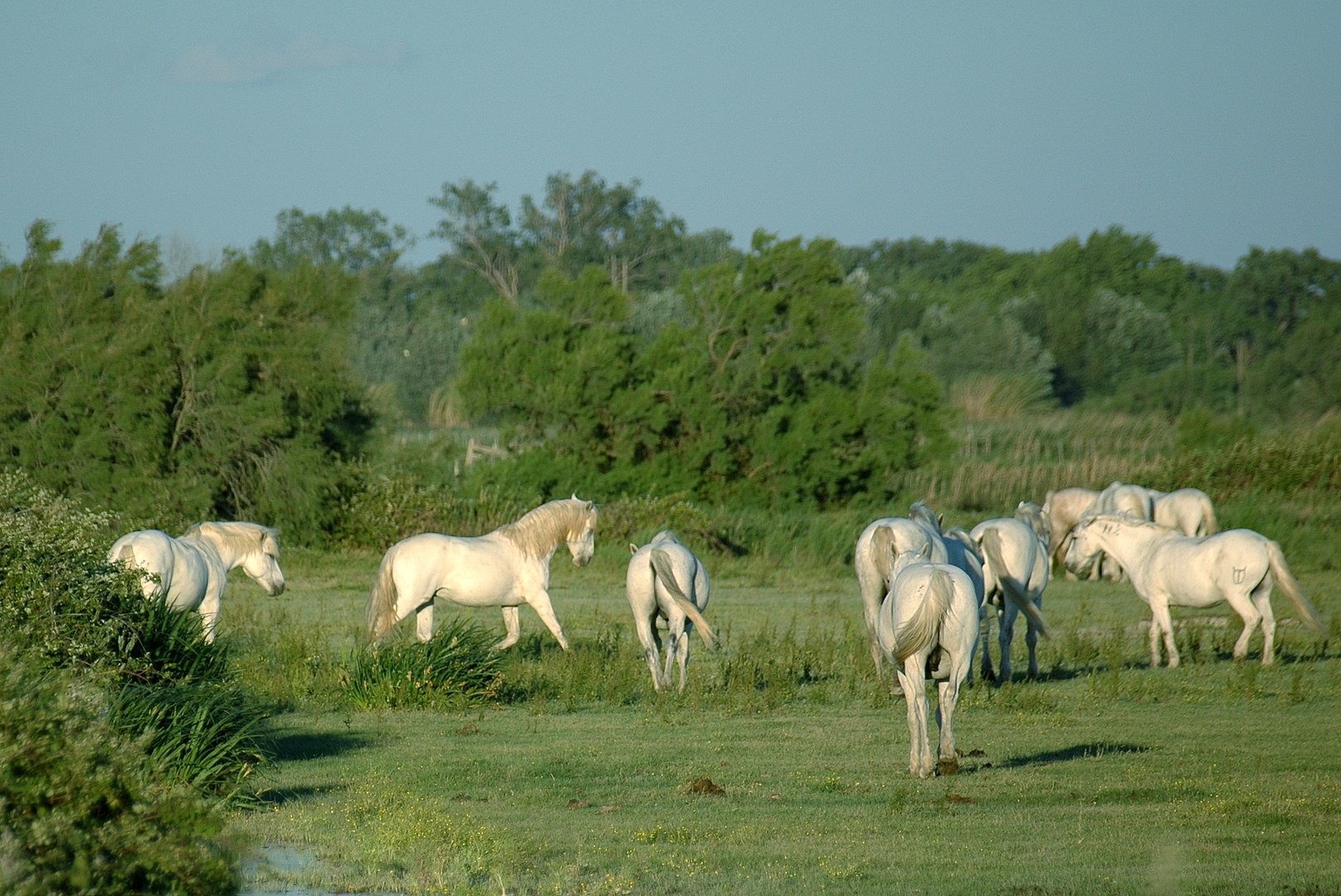
France, 2006. “https://commons.wikimedia.org/w/index.php?curid=940103” by Barbarosso is licensed under CC BY-SA 3.0.
“The Horses of the Carmargue” by Roy Campbell
In the grey wastes of dread,
The haunt of shattered gulls where nothing moves
But in a shroud of silence like the dead,
I heard a sudden harmony of hooves,
And, turning, saw afar
A hundred snowy horses unconfined,
The silver runaways of Neptune’s car
Racing, spray-curled, like waves before the wind.
Sons of the Mistral, fleet
As him with whose strong gusts they love to flee,
Who shod the flying thunders on their feet
And plumed them with the snortings of the sea;
Theirs is no earthly breed
Who only haunts the verges of the earth
And only on the sea’s salt herbage feed-
Surely the great white breakers gave them birth.
For when for years a slave,
A horse of the Camargue, in alien lands,
Should catch some far-off fragrance of the wave
Carried far inland from this native sands,
Many have told the tale
Of how in fury, foaming at the rein,
He hurls his rider; and with lifted tail,
With coal-red eyes and cataracting mane,
Heading his course for home,
Though sixty foreign leagues before him sweep,
Will never rest until he breathes the foam
And hears the native thunder of the deep.
And when the great gusts rise
And lash their anger on these arid coasts,
When the scared gulls career with mournful cries
And whirl across the waste like driven ghosts;
When hail and fire converge,
The only souls to which they strike no pain
Are the white crested fillies of the surge
And the white horses of the windy plain.
Then in their strength and pride
The stallions of the wilderness rejoice;
They feel their Master’s trident in their side,
And high and shrill they answer to his voice.
With white tails smoking free,
Long streaming manes, and arching necks, they show
Their kinship to their sisters of the sea-
And forward hurl their thunderbolts of snow.
Still out of hardship bred,
Spirits of power and beauty and delight
Have ever on such frugal pasture fed
And loved to course with tempests through the night.
Retrieved June 10, 2023 All Poetry Website.
To read more about the South African poet Roy Campbell please open the link here.
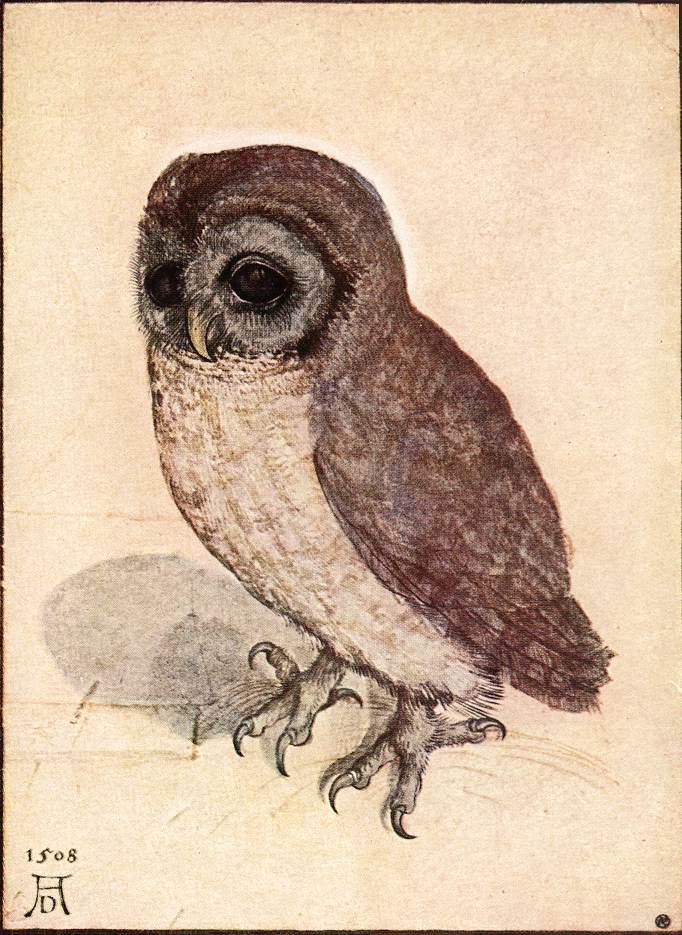
“Owl” by Randall Jarrell
“A shadow is floating through the moonlight,
Its wings don’t make a sound.
Its claws are long, its beak is bright.
Its eyes try all the corners of the night….”
(Randall Jarell, (1916-1965),The Second Century Anthologies of verse, Book 2, p. 137, Oxford University, p. 137)
The Owl is a mysterious and remarkable bird that has fascinated cultures for many millennium. There have been prehistoric rock drawings of owls in places like France and Australia. In ancient myths, owls have symbolized wisdom, good luck, or an omen, and owls have also been connected to mysteries, the uncanny, and the supernatural. Some writers have noted the uncanny resemblance between owls and cats, with the owl being thought to be a type of wild cat. Edward Lear writes about the unlikely relationship between the owl and the cat in his famous poem of 1889 (Weinstein, 1885). While Lear was well-known as a poet of limericks but he was a brilliant landscape and naturalist artist. Lear hoped to inform the public about rare and endangered animals.
“The Owl and the Pussy-Cat” by Edward Lear
The Owl and the Pussy-cat went to sea
In a beautiful pea-green boat,
They took some honey, and plenty of money,
Wrapped up in a five-pound note.
The Owl looked up to the stars above,
And sang to a small guitar,
“O lovely Pussy! O Pussy, my love,
What a beautiful Pussy you are,
You are,
You are!
What a beautiful Pussy you are!”
II
Pussy said to the Owl, “You elegant fowl!
How charmingly sweet you sing!
O let us be married! too long we have tarried:
But what shall we do for a ring?”
They sailed away, for a year and a day,
To the land where the Bong-Tree grows
And there in a wood a Piggy-wig stood
With a ring at the end of his nose,
His nose,
His nose,
With a ring at the end of his nose.
III
“Dear Pig, are you willing to sell for one shilling
Your ring?” Said the Piggy, “I will.”
So they took it away, and were married next day
By the Turkey who lives on the hill.
They dined on mince, and slices of quince,
Which they ate with a runcible spoon;
And hand in hand, on the edge of the sand,
They danced by the light of the moon,
The moon,
The moon,
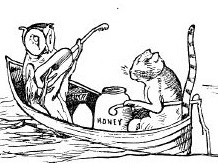
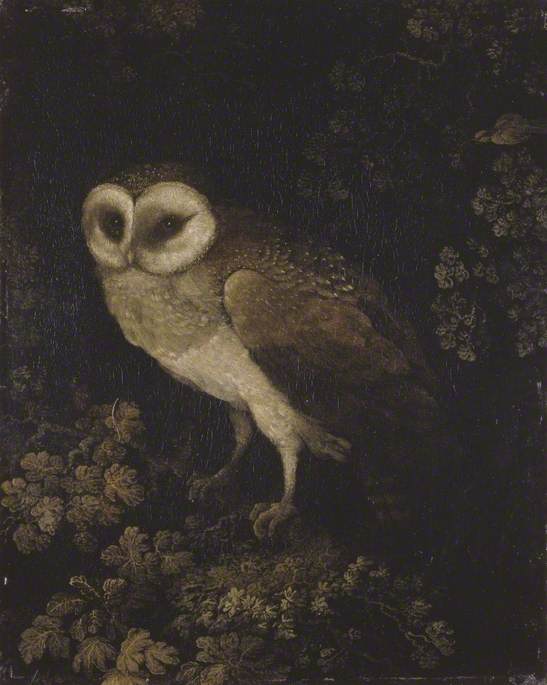

“The Naming of Cats”– by T.S. Eliot
The Naming of Cats is a difficult matter,
It isn’t just one of your holiday games;
You may think at first I’m as mad as a hatter
When I tell you, a cat must have THREE DIFFERENT NAMES.
First of all, there’s the name that the family use daily,
Such as Peter, Augustus, Alonzo or James,
Such as Victor or Jonathan, George or Bill Bailey—
All of them sensible everyday names.
There are fancier names if you think they sound sweeter,
Some for the gentlemen, some for the dames:
Such as Plato, Admetus, Electra, Demeter—
But all of them sensible everyday names.
But I tell you, a cat needs a name that’s particular,
A name that’s peculiar, and more dignified,
Else how can he keep up his tail perpendicular,
Or spread out his whiskers, or cherish his pride?
Of names of this kind, I can give you a quorum,
Such as Munkustrap, Quaxo, or Coricopat,
Such as Bombalurina, or else Jellylorum-
Names that never belong to more than one cat.
But above and beyond there’s still one name left over,
And that is the name that you never will guess;
The name that no human research can discover—
But THE CAT HIMSELF KNOWS, and will never confess.
When you notice a cat in profound meditation,
The reason, I tell you, is always the same:
His mind is engaged in a rapt contemplation
Of the thought, of the thought, of the thought of his name:
His ineffable effable
Effanineffable
Deep and inscrutable singular Name.
For more of T.S. (Thomas Stearns) Elliot’s poems please open the link here.
“Hope is the thing with feathers” by Emily Dickinson
“Hope” is the thing with feathers –
That perches in the soul –
And sings the tune without the words –
And never stops – at all –
And sweetest – in the Gale – is heard –
And sore must be the storm –
That could abash the little Bird
That kept so many warm –
I’ve heard it in the chillest land –
And on the strangest Sea –
Yet – never – in Extremity,
It asked a crumb – of me.
3
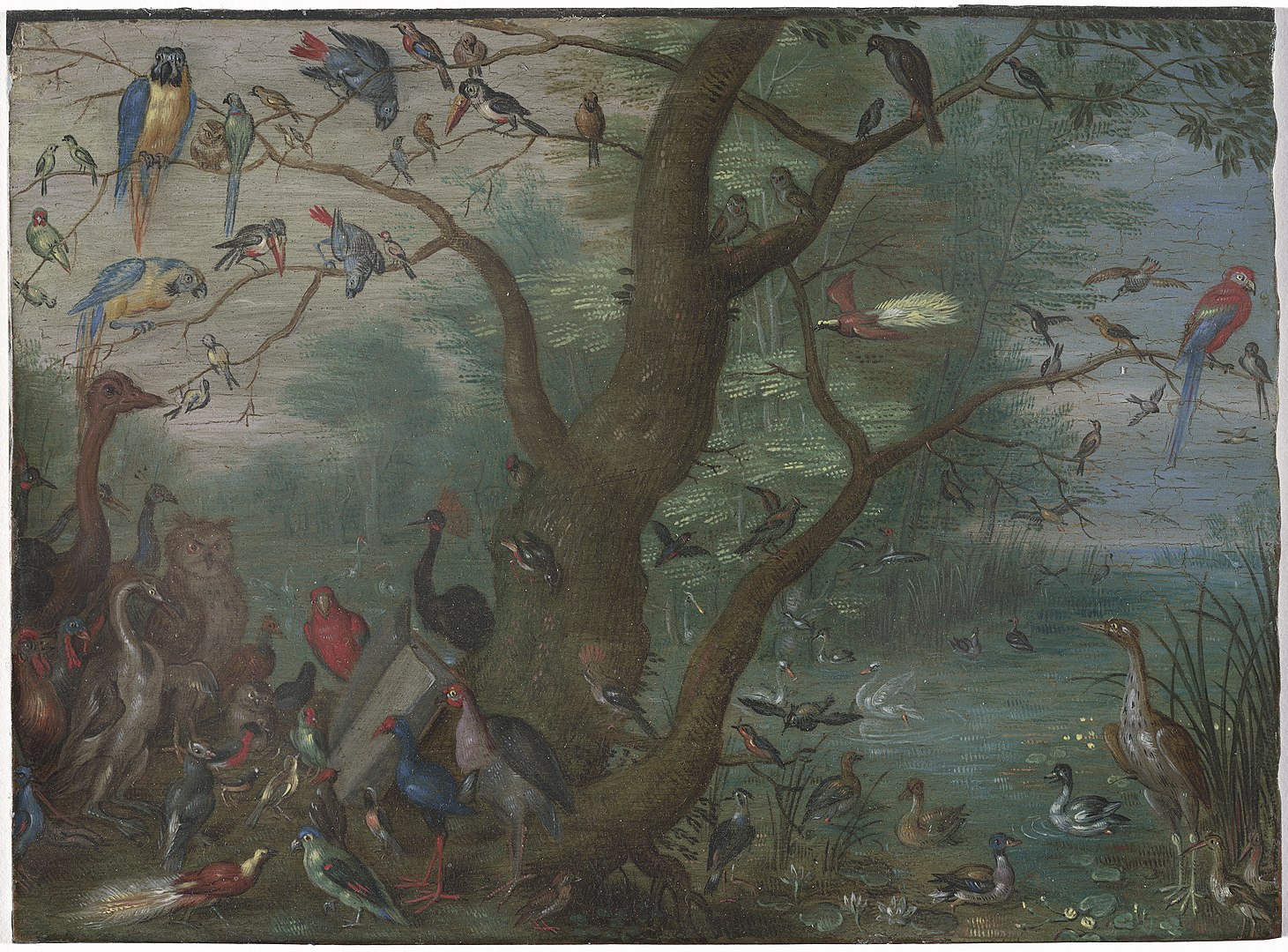
“The Birds Go By” by John Shaw Neilsen
Westward at even . . . yet never, never to die!
Surely they live as ever the laugh and the sigh:
After the fight and the fall, the defeat of the pilgrim,
The birds go by.
No, not for dying like all the sweet flowers are they,
— Flowers giving hope to mankind on their little stay,
Failing only as love fails at the end of the day.
Green earth and water have gladdening out of their cry,
Lifting the eyes of the heart to the height of the sky:
I dream that they bear to the dead the thoughts of the living . . .
The birds go by.


